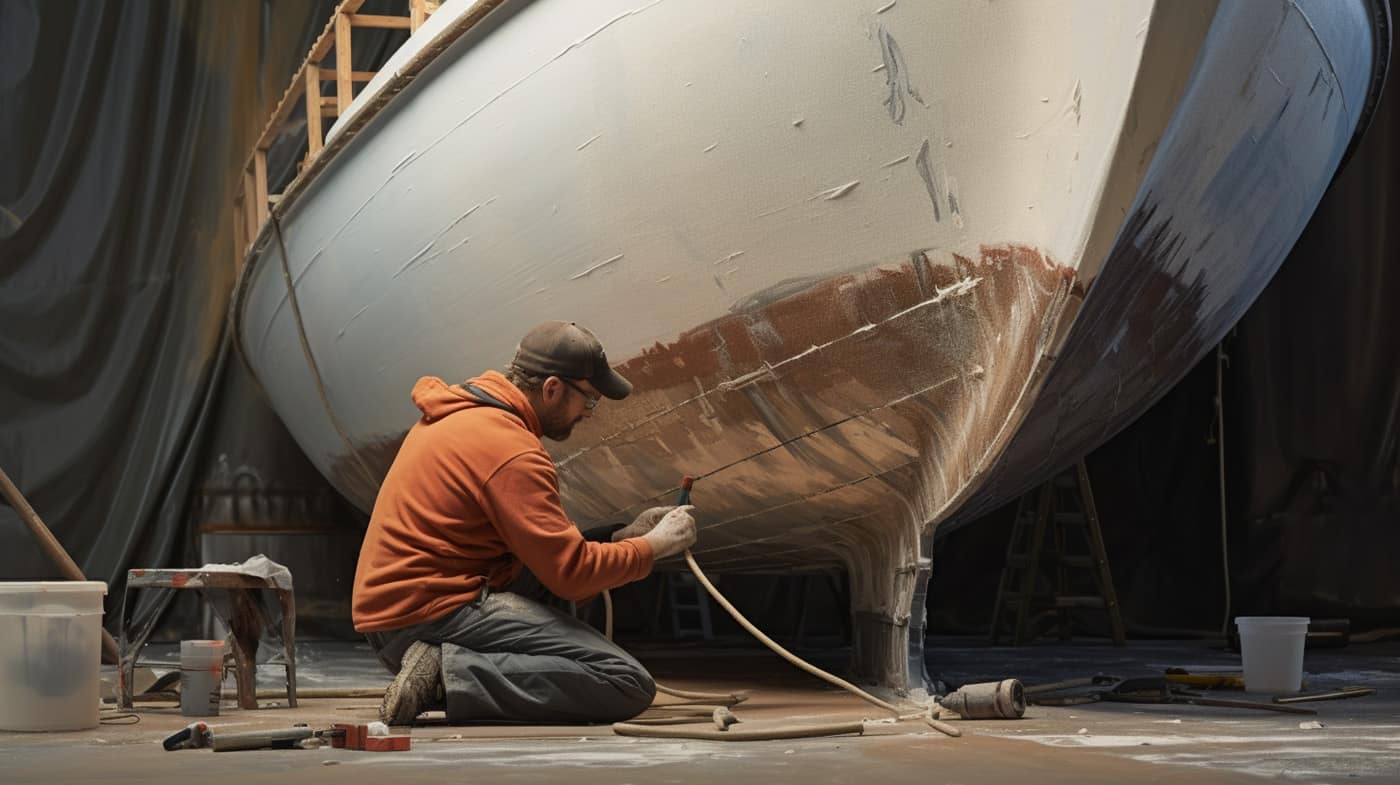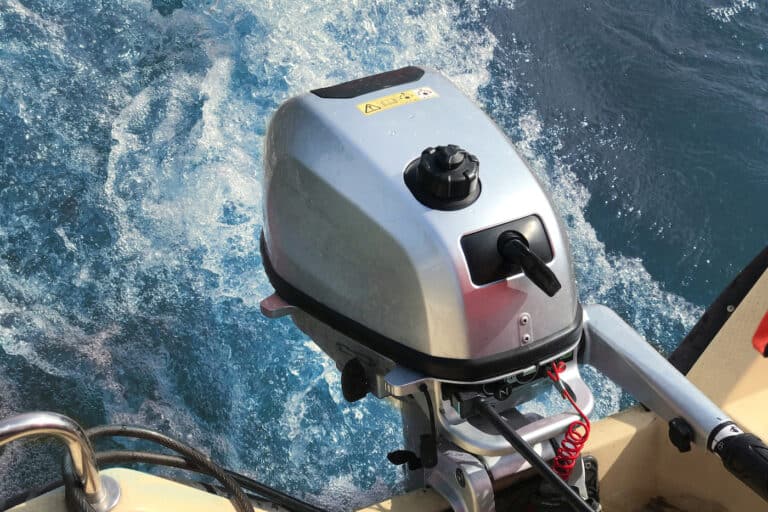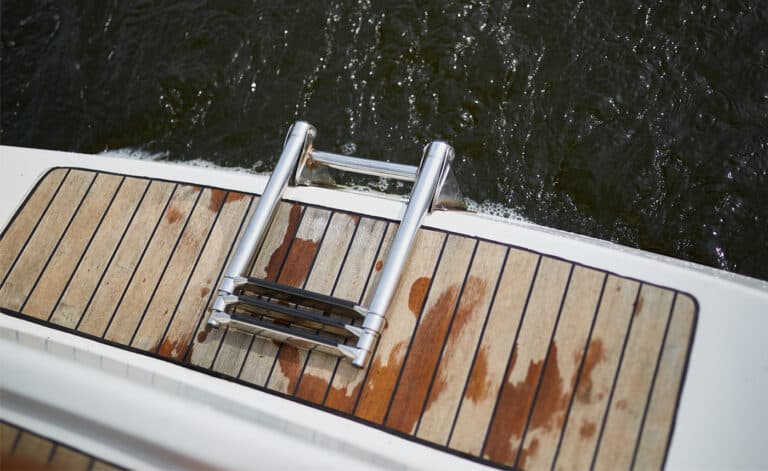Hi there! Today’s topic: antifouling paint for boats and their critical role in maintaining our beloved sea vessels. I’ll share with you some knowledge and personal experiences.
Let’s dive in…
The Significance of Cleaning Your Boat Hull
As sailors, we have a special bond with our boats. Part of nurturing this bond is keeping our vessels clean and healthy.
A pristine hull not only improves the speed and fuel economy of our boats, but it also prevents us from unintentionally transporting exotic species into new waters.
Imagine crossing a long distance, and on arrival, discovering you’ve brought along uninvited guests who can harm the local ecosystem.
Not exactly the seafaring tale one hopes to tell!
TIP If you need a detailed guide on this task, check out our post on Cleaning the Bottom of a Boat – A Practical Guide. You’ll find comprehensive step-by-step instructions to ensure your boat’s hull stays in the best shape possible.
The Magic of Antifouling Paint
So, what’s our secret weapon against these aquatic hitchhikers? Antifouling paint.
This specially designed substance protects our boats from the scourge of marine growth, which tends to attach itself to vessels dwelling continuously on the sea. Without this protection, your boat could suffer from reduced fuel economy due to these pesky marine particles.
Think about it this way: unchecked growth can slow powerboats by up to 5 knots and increase fuel consumption by a staggering 30%! Quite a cost for ignoring your hull’s health, wouldn’t you agree?
Balancing Maintenance and Environmental Responsibility
Let’s not forget our responsibilities as seafarers, though. While keeping our vessels shipshape, we need to consider our environmental footprint. That’s where antifouling paint becomes a tricky business.
Yes, it protects our boats, but it also contains a cocktail of chemicals like biocides and copper. These substances, while warding off marine organisms, can leach into the water, causing harm to our underwater friends.
Thankfully, our industry is evolving, and there are environmentally friendly antifouling paint options available. Always scrutinize the paint ingredients and go for choices like low volatile organic compound paints and non-biocidal coatings such as silicone, vinyl, and ultrasonic technology.
Manufacturers should provide you with environmental impact data – don’t hesitate to ask for it.
Smart Application of Antifouling Paint
Before you rush off to repaint your hull, remember that preparation and safety are key. Lay a large tarpaulin on the ground to capture paint drips, protecting the local water supply from heavy metals. Use a paint roller for even application, and don’t forget to gear up with appropriate PPE, including overalls, goggles, and a mask.
As your Skipper, I’d also strongly recommend conducting this task outdoors or in a well-ventilated area. And, of course, treat paint-contaminated supplies as hazardous waste, disposing of them correctly.
Mindful Hull Maintenance
Hull scraping is a necessary task in our maintenance routine. But remember, scraping releases pollutants from antifouling paint into the water. So, let’s follow some best management practices to minimize environmental harm.
For instance, conduct vessel repairs and maintenance in designated areas away from the shoreline and on impermeable surfaces. In the US, undersea maintenance is generally not permitted. Ideally, conduct your maintenance indoors to prevent rainwater runoff.
Eco-friendly Cleaning Alternatives
Commercial cleaning products for hulls, like antifouling paint, often contain chemicals harmful to marine life. But don’t fret, my friends! We can whip up effective cleaning solutions using common household items.
For hard water stains, make a paste of baking soda and toothpaste. Apply it in a circular motion using a damp cloth. For hull cleaning, a mix of white vinegar and warm water works wonders. For stubborn grime, baking soda combined with warm water does the trick.
Remember to keep power washing away from water bodies and drains to prevent chemical pollution. And, of course, recycle any old parts that need replacing during your cleaning process. Let’s do our part for the planet while doing our part for our boats.
That’s it from me today, shipmates. Here’s to clean hulls and clear consciences.
Happy sailing!




